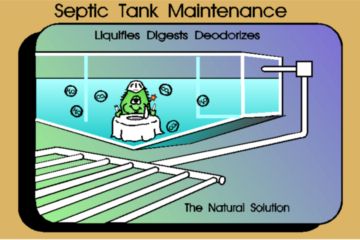

 |
FATS
After fatty acids are liberated by the enzymatic activity of esterase and lipase, the next step in the breakdown is called Beta Oxidation, a process in which two carbons are split off at a time.
The first step in the oxidation of fatty acids is intitiated by CoEnzyme A, leading to the release of Acetyl Co-A, which results in a fatty acid which is shorter by two carbons.
This process is then repeated, following the Tricarboxylic acid cycle until the end results are carbon dioxide and water or they follow the glyoxylate pathway producing additional cell constituents. Glycerol is easily metabolized to pyruvic acid and then to Acetyl Co-A.
The grease and fats are totally degraded by this method, not just solubilized to travel downsteam causing trouble in collection systems or municipal waste treatment plants. Alken-Murray's CF 4000 line grease degrading formulations and Alken Enz-Odor 2 utilize micobes which produce esterase, lipase and fatty acid degradation together with catalysts that enhance performance. Using a pure surfactant to demonstrate apparent solubilization of food fats and oils is a "magic trick" which does not demonstrate a true breakdown of fats and oils. To verify esterase and lipase enzyme activity, use Alken-Murray's QC99 and see examples of lipase & esterase test results. |
PROTEINS Since most proteins are too large to pass through the bacterial cell membrane, bacteria produce extracellular enzymes, including proteases and peptidases, to degrade proteins into their component amino acids, which can be utilized for cell growth or converted into compounds that also enter the Tricarboxylic acid cycle for degradation. Additional protein conversions include decarboxylation and deamination. |
STARCH Since starch is also too large to pass through the bacterial cell wall, it is also hydrolyzed by extracellular enzymes. Starch is digested and disaccharides and glucose can then be converted to intermediates that also enter the Tricarboxylic acid cycle |
